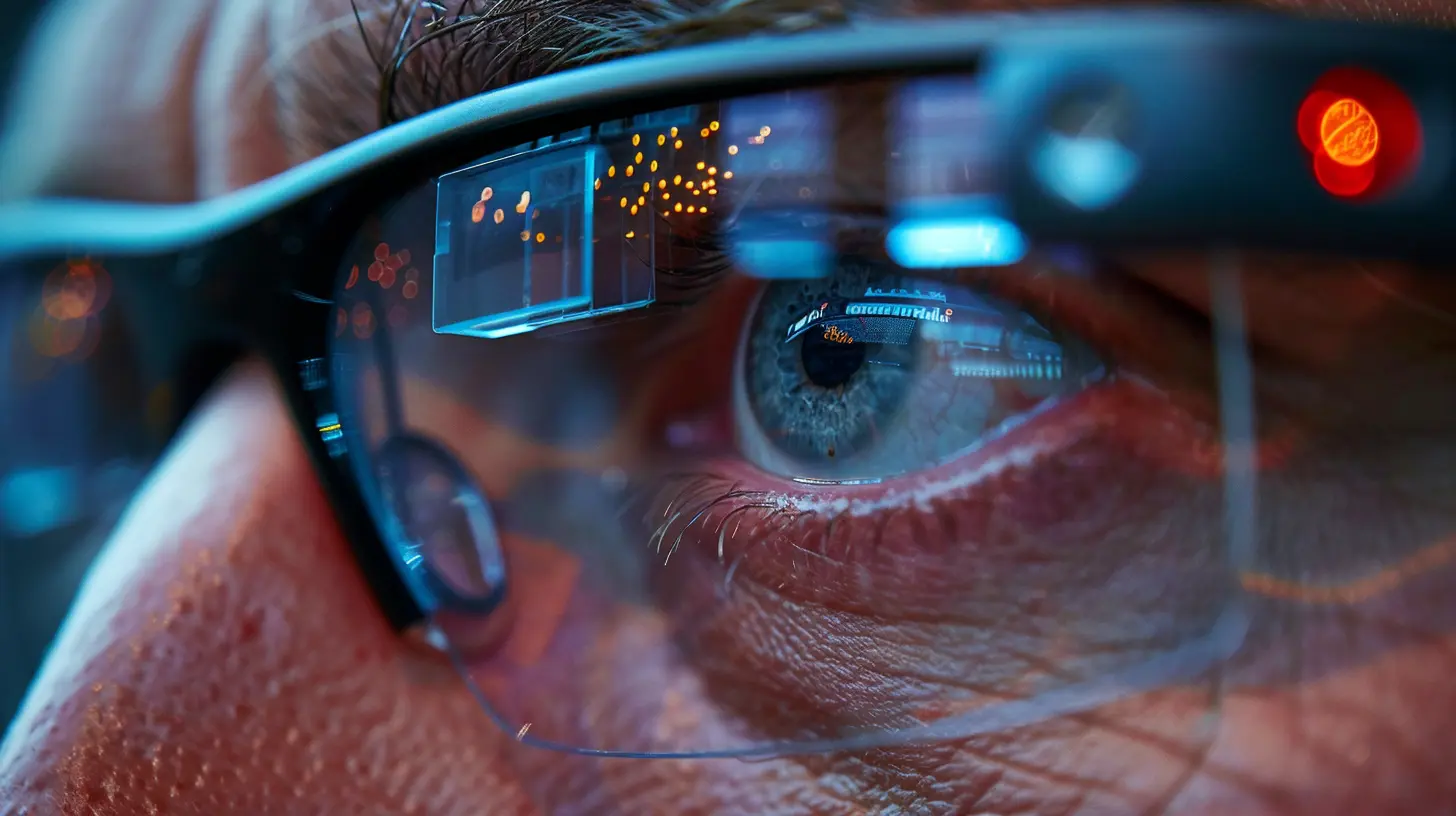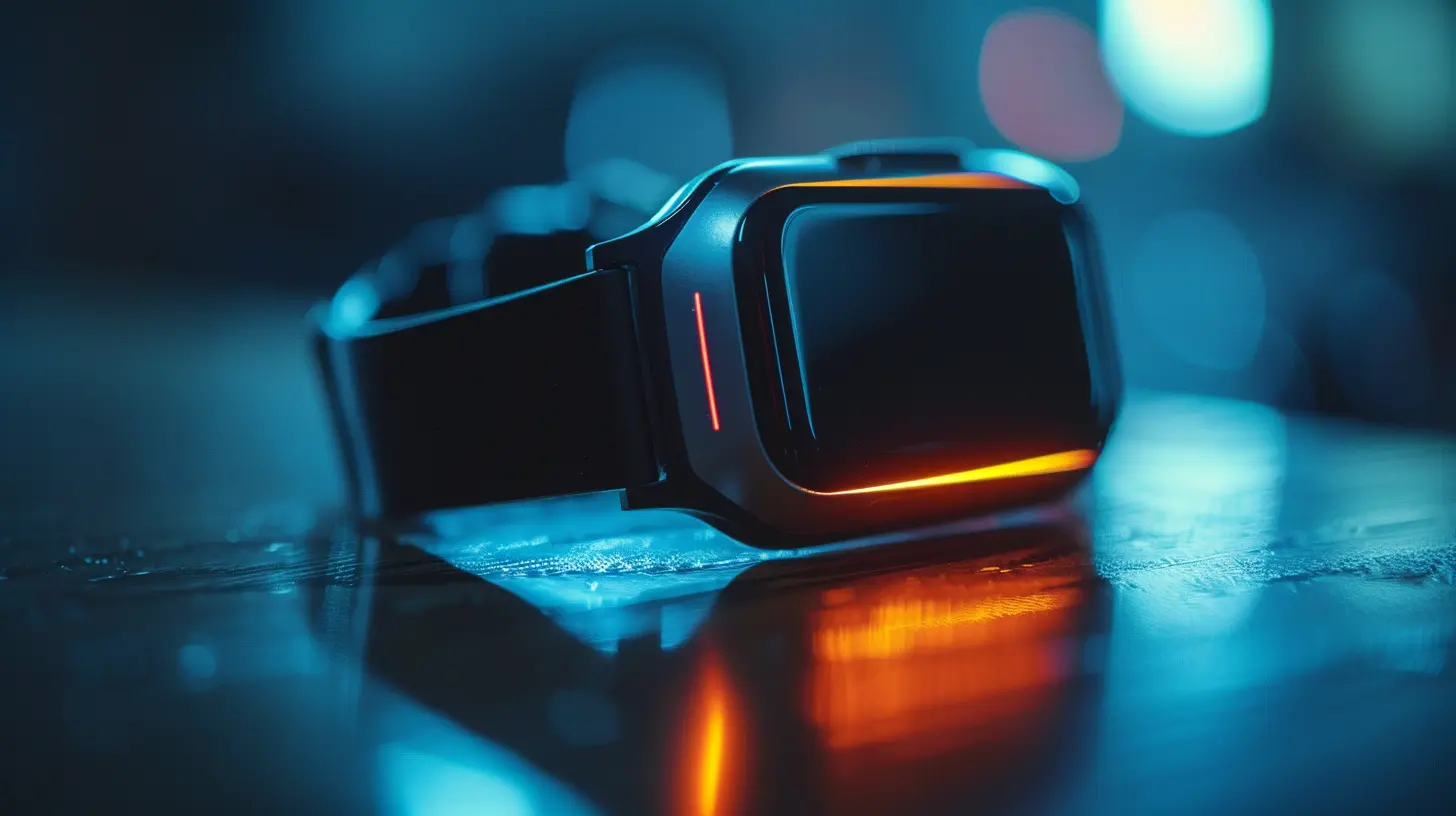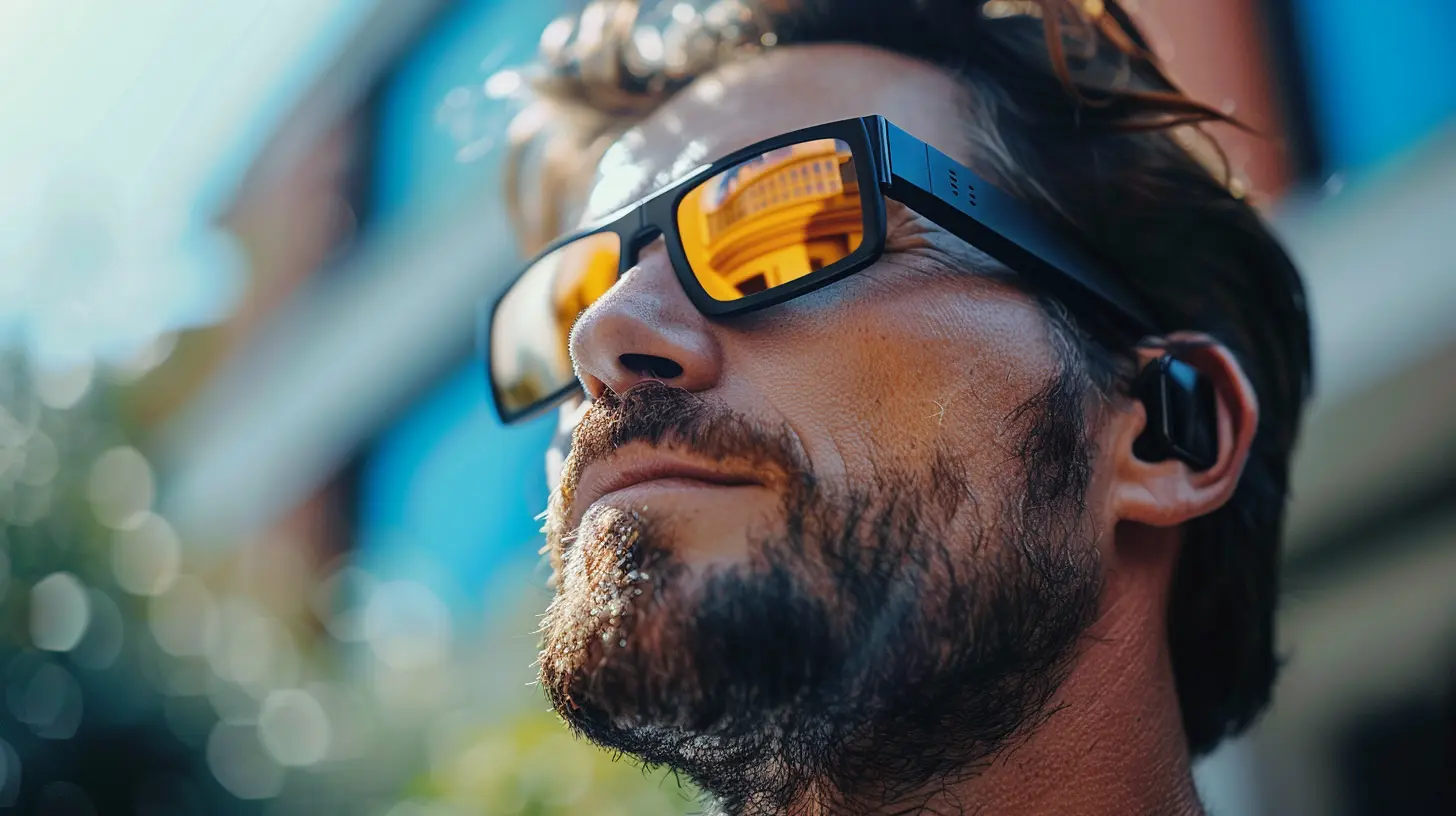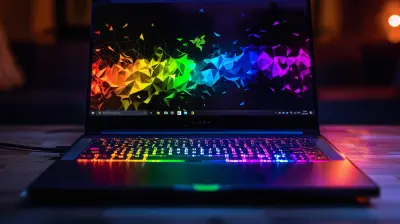The Impact of Wearable Tech on Personal Security and Privacy
9 August 2025
Let’s be honest — wearable tech is cool. Smartwatches, fitness bands, augmented reality glasses, even smart rings — they’re sleek, futuristic, and incredibly handy. You can track your steps, monitor your heart rate, control your smart home, answer calls, and even get text messages, all from your wrist or finger. Sounds convenient, right?
But here’s the thing — with great convenience comes a not-so-subtle compromise. That’s right, we’re talking about personal security and privacy.
Have you ever stopped to wonder just how much data your wearable is collecting? Or who has access to that data? Or what could possibly go wrong if your device got hacked or your personal info got leaked?
Let’s dive deep into the impact of wearable technology on personal security and privacy — and trust me, it’s something we all need to talk about.
What Counts as Wearable Tech Anyway?
Before we get into the nitty-gritty, let’s define the players on the field. When we talk about wearable tech, we’re basically talking about any gadget you wear on your body that connects to the internet or other devices. Think:- Smartwatches like Apple Watch or Samsung Galaxy Watch
- Fitness trackers like Fitbit or Garmin
- Smart rings (yep, those exist — like the Oura Ring)
- Augmented Reality (AR) glasses (Google Glass, anyone?)
- Smart clothing and shoes
- Medical wearables (glucose monitors, ECG patches)
These gadgets are packed with sensors that track everything from your physical activity to your location, heart rate, sleep patterns, and more. It’s like carrying a digital diary of your life — only you might not be the only one reading it.
The Privacy Puzzle: What Are These Devices Actually Collecting?
Let’s break it down. Wearable tech can track a surprising amount of personal data. Here's just a sample of what your devices may be logging:- Biometric data: Heart rate, blood oxygen levels, body temperature, sleep cycles, and more.
- Location data: GPS tracking is common in smartwatches and fitness bands.
- Activity levels: Steps taken, calories burned, workouts, and movements.
- Communication data: Some devices sync with your phone and access your calls, messages, and apps.
- Medical data: If you’re using a health-focused wearable, it might track glucose levels, stress levels, or even fertility.
So why does that matter? Imagine this data gets into the wrong hands. It could be used to guess your habits, routines, health conditions — and even predict when you’re home or away. Sounds invasive? That’s because it is.
Who’s Got the Keys to Your Data?
Okay, your smartwatch knows your every move. Who else does?Here’s where it gets a bit sketchy.
- Device manufacturers have access to your raw and processed data.
- App developers connected to your wearable might also have data permissions.
- Third-party advertisers can sometimes buy this data or get it via integrated apps.
- Health insurance companies might try to leverage this data to assess risks or set premiums.
- Hackers — yep, we’ll get to that in a bit.
And let’s be real — how many of us actually read the terms and conditions before syncing a new device? Chances are, you might have already agreed to data sharing without even knowing it.
Is Our Data Really Safe? (Spoiler Alert: Not Always)
Let’s talk security. These gadgets might be small in size, but they’re big in risk.1. Weak Encryption
Some wearables don’t encrypt the data they collect before sending it to your phone or the cloud. This means if someone’s smart enough, they could intercept that data mid-transit.2. Bluetooth Vulnerabilities
Most wearables use Bluetooth. It’s great for syncing quickly but not so great when it comes to hacking. Ever heard of bluesnarfing? It’s a real thing — hackers can connect via Bluetooth without you realizing and steal data.3. Cloud Storage Risks
Many wearables store data in the cloud. If the cloud server gets breached, your health data, location history, and other personal info could be exposed.4. Lack of Key Security Updates
Unlike smartphones that get regular updates, many wearables either don't get security patches often or not at all. Yup, some are just left vulnerable.Wearables in the Workplace: Helpful or Creepy?
Some companies have started giving employees wearables to track productivity, wellness, or even location. While it may be disguised as a health incentive, it can also feel like... surveillance.Imagine your boss knowing how many steps you took during lunch, how much you slept, or how high your stress levels are. That opens the door to micromanagement and can blur the line between care and control.
Is this a modern perk or just Big Brother with a Fitbit? Hard to say — but it's definitely a privacy red flag.
When Medical Wearables Cross Ethical Lines
Now, let’s chat health tech. Devices that monitor chronic conditions are life-changing — no doubt. Continuous glucose monitors, heart monitors, and other wearables can give people more freedom and control.But health data is some of the most sensitive information out there. Regulations like HIPAA (in the US) are supposed to protect it. The catch? Many wearable platforms aren’t technically classified as “covered entities” — so HIPAA doesn’t apply.
That means that even deeply personal medical data could be stored, shared, or even sold without your full knowledge or consent.
Hackers Love Wearables
If you think hackers are only interested in credit card numbers or email passwords, think again.Your heart rate and sleep patterns might not seem valuable. But when combined with your location and personal details? That's a digital goldmine.
Cybercriminals could use wearable data to reconstruct someone’s movements, guess passwords based on behavioral biometrics, or even launch social engineering attacks.
There was even a reported case where people’s movements in secure military zones were accidentally exposed through fitness tracker heatmaps. Talk about an epic fail.
Smart Devices, Dumb Laws?
Let’s get into the legal end of it.Data privacy regulations like GDPR (Europe) or CCPA (California) were designed to protect consumers — but they’re still evolving. And wearable data often falls into a legal gray area.
For example:
- What if your wearable collects data on a child? Are there extra protections?
- Can police subpoena your fitness tracker data?
- If a hack happens, are companies required to notify you?
Right now, the answers vary depending on where you live and which company is involved. That inconsistency is a problem.
How to Protect Yourself (Without Ditching the Tech)
Look, we’re not saying you should stop using your smartwatch or tracker. Even nerdy writers like me love them. But let’s be smart about how we use them.Here are some practical ways to level up your privacy game:
✔️ Check App Permissions
Don’t go full autopilot when installing companion apps. Check what permissions you're giving. If that yoga app wants access to your camera, red flag.✔️ Use Strong Passwords
Pair your devices to apps that protect user data with solid passwords and two-factor authentication.✔️ Turn Off Location Sharing
Unless absolutely necessary, disable location access. You don’t need to broadcast your every move.✔️ Keep Devices Updated
If your wearable’s manufacturer offers software updates, install them. They often include important security patches.✔️ Avoid Public Wi-Fi
Connecting wearables or phones to open Wi-Fi can make you an easy target for man-in-the-middle attacks.✔️ Read the Privacy Policy (Or at Least Skim It)
It’s boring, I get it. But at least glance over what data the device collects and how it’s used.So...Are Wearables Worth It?
Here’s the honest truth — wearable tech isn’t going anywhere. It’s becoming more advanced by the day. From detecting early signs of illness to helping manage chronic conditions, the benefits are real.But as the line between physical and digital continues to blur, guarding our personal info becomes more crucial than ever.
So yes, wear your smartwatch. Track your steps. Use that sleep monitor. But also stay informed. Ask questions. Be skeptical. After all, when it comes to your personal data, you should always be the one in control.
Final Thoughts
In a nutshell, wearable technology is both a blessing and a little bit of a curse. It offers convenience, real-time health monitoring, and futuristic features that we couldn’t have imagined a decade ago.But it also walks a fine line between helpful and intrusive. As these devices gain popularity, the conversation around privacy and security must become louder, sharper, and more transparent.
So, next time you strap on your smartwatch or fitness tracker, just remember: it’s not just watching your steps — it might be watching everything.
all images in this post were generated using AI tools
Category:
Wearable TechAuthor:

John Peterson
Discussion
rate this article
1 comments
Teagan McRae
Wearable tech is revolutionizing personal security, but let’s be real—privacy is at stake. As gadgets track our every move, we must demand transparent data practices. Embrace innovation, but don’t sacrifice your privacy on the altar of convenience.
August 12, 2025 at 4:15 AM

John Peterson
Thank you for your insights! Balancing innovation with privacy is crucial as wearable tech evolves. Transparent data practices are essential to ensure users feel safe and empowered while benefiting from these advancements.


